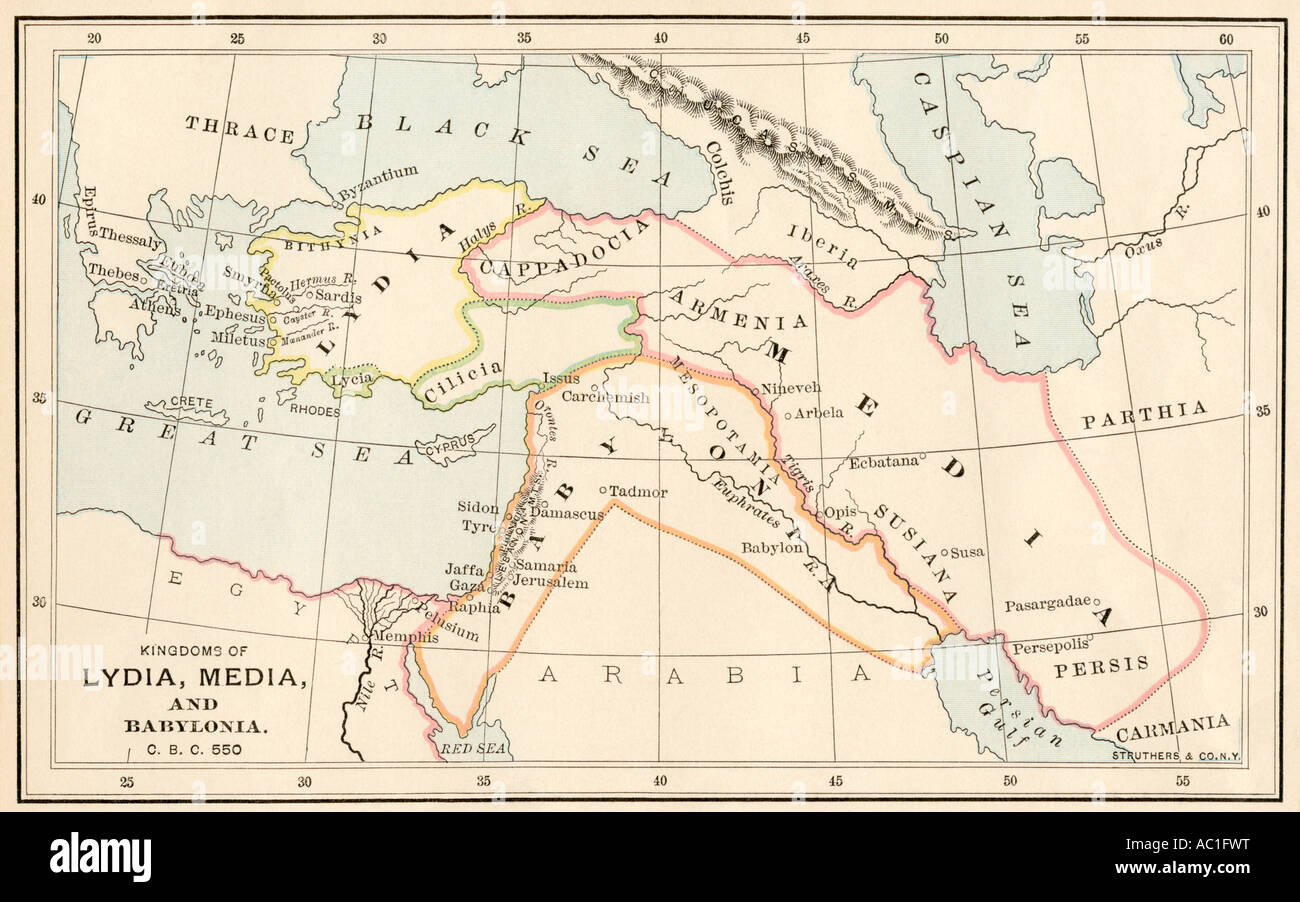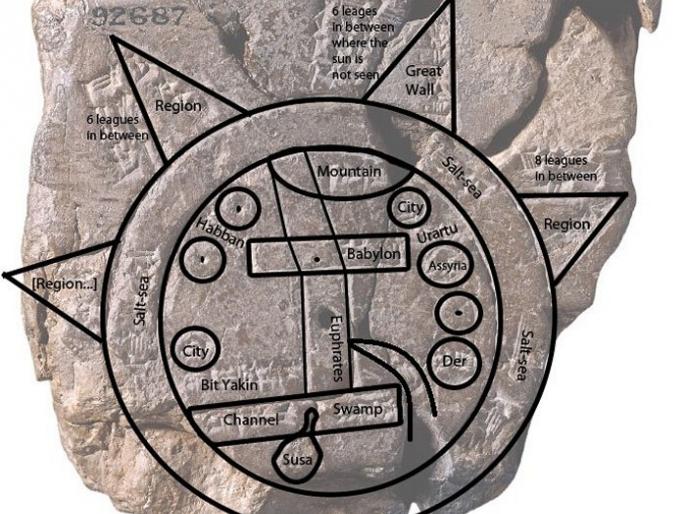

Inscriptions present Nebuchadrezzar’s canal system as a labor of Herculean proportions: “Alongside Babylon, great banks of earth I heaped up. The biblical Psalm 137, in which the Hebrew captives sit and weep “by the waters of Babylon,” may be a reference to Babylon’s irrigation canals, the lifeblood of its economy and strength. If the favor of the god was regarded as crucial to the city, a more mundane resource-water-was also central to Babylon’s preeminence. Toward the end of his reign, around 575 B.C., he built what is probably Babylon’s iconic ancient landmark: the Ishtar Gate, decorated with cobalt glazed brick reliefs. He refurbished temples and sanctuaries, paved the Processional Way, and embellished his own legendary palace. Nebuchadrezzar II was following in the footsteps of his namesake, the first Nebuchadrezzar, who, centuries before, had exalted Babylon over other cities, such as Nippur.Ĭontinuing the work begun by Nabopolassar, the king built a great moat, defensive walls, and canals. Years of war with the Assyrians the century before had led to the destruction of Babylon in 689 B.C. Nebuchadrezzar focused much of his building energies on restoring Babylon to its former glory. Nebuchadrezzar II was a warrior by necessity, but a builder by disposition.The funds collected from his states helped finance his civic improvements. Vassal states would pay heavy annual tribute to Babylonia and feed its growing treasuries with: “silver, gold, costly precious stones, bronze, palmwood, cedarwood, all kinds of precious things, to my city Babylon I brought.”

The following inscription, taken from one now held by the British Museum, suggests that keeping the “peace” was a considerable burden on Nebuchadrezzar:įar-off lands, distant mountains, from the Upper Sea to the Lower Sea, steep trails, unopened paths, where motion was impeded, where there was no foothold, difficult roads, journeys without water, I traversed, and the unruly I overthrew I bound as captives my enemies the land I set in order and the people I made to prosper. The king, mindful of his legacy, recorded his achievements for posterity on fired-clay cylinders. Cities were sacked, nobles imprisoned, and peoples exiled to Babylon. It stretched from Palestine and Syria, occupied the fertile valleys of the Euphrates and Tigris, and swept down to the Persian Gulf. By the end of Nebuchadrezzar II’s 44-year reign, the empire had grown immensely. In Akkadian, the new sovereign’s name, Nabukudurriusur, means “Nabu, watch over my heir.” He was named after Nebuchadrezzar I, Babylon’s warrior king of the 12th century B.C., and pursued a path of expansionism. Have them compare the geographical features of the Hittite region with those of the Mesopotamian empires to deduce what goals the Hittites might have had for seeking territory in the regions they moved into.Please be respectful of copyright. Encourage students to hypothesize about what factors enabled empires to expand.įinally, have students focus on the Hittite invasions. Students can compare sizes to duration of existence to see that, on the whole, empires expanded over time. Then have students rank the regions by size. Encourage students to speculate about why the map is called Babylon. This can lead into a discussion of why so many empires arose in Mesopotamia. Highlight the importance of waterways, which would enable irrigation, agriculture, and therefore civilization, by noting the centrality of waterways in each empire. Next, have students describe, then compare and contrast, the geographical features of each empire. Which empire was confined to the land around the Euphrates and Tigris rivers?.Have students practice using the map by inviting volunteers to ask the class questions based on the map information, the answer to which is one of the regions. Have students use the map to identify the areas covered by each of the five regions shown in the key, while ignoring the Hittite invasions. Both Hammurabi’s empire and the Neo-Babylonian empire of Nebuchadnezzar II adopted the name, and the empires overlap with the area of Sumer, the Hittite Empire, and the Assyrian Empire.

The Babylonian Empire can be difficult for students to grasp.


 0 kommentar(er)
0 kommentar(er)
